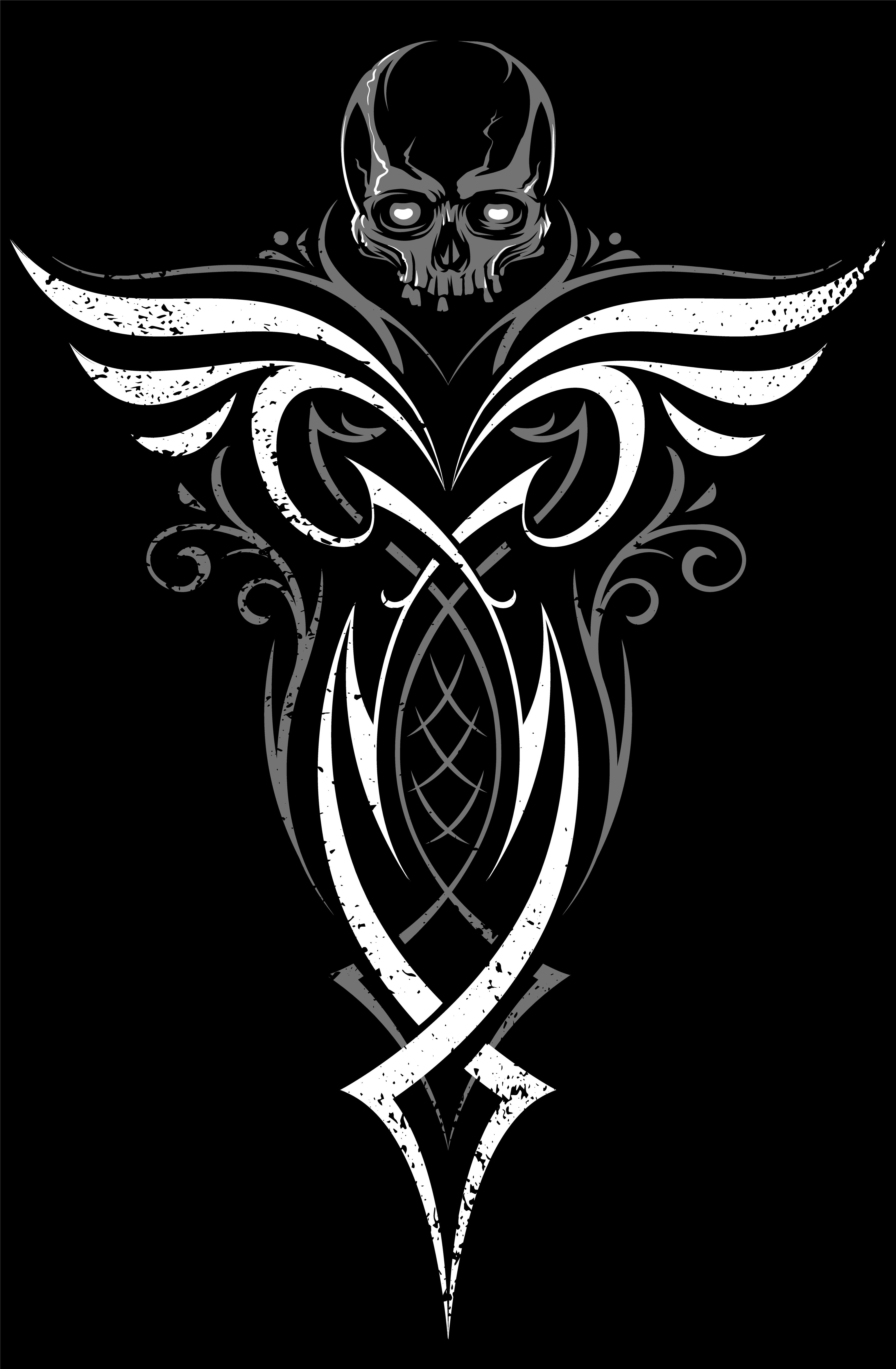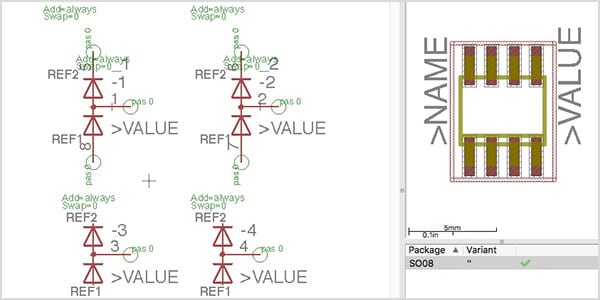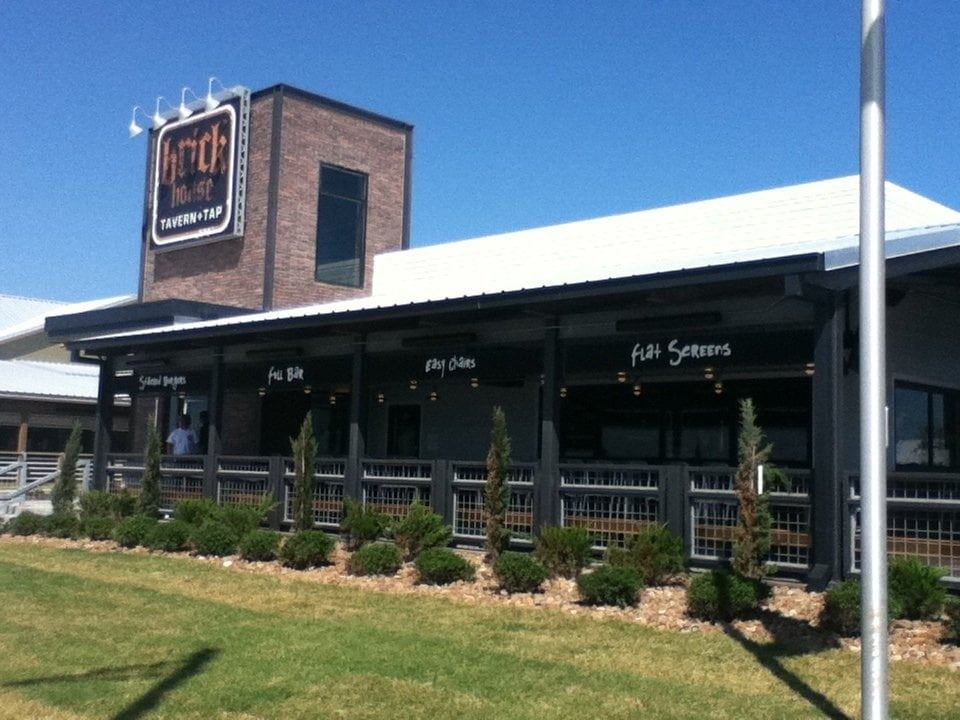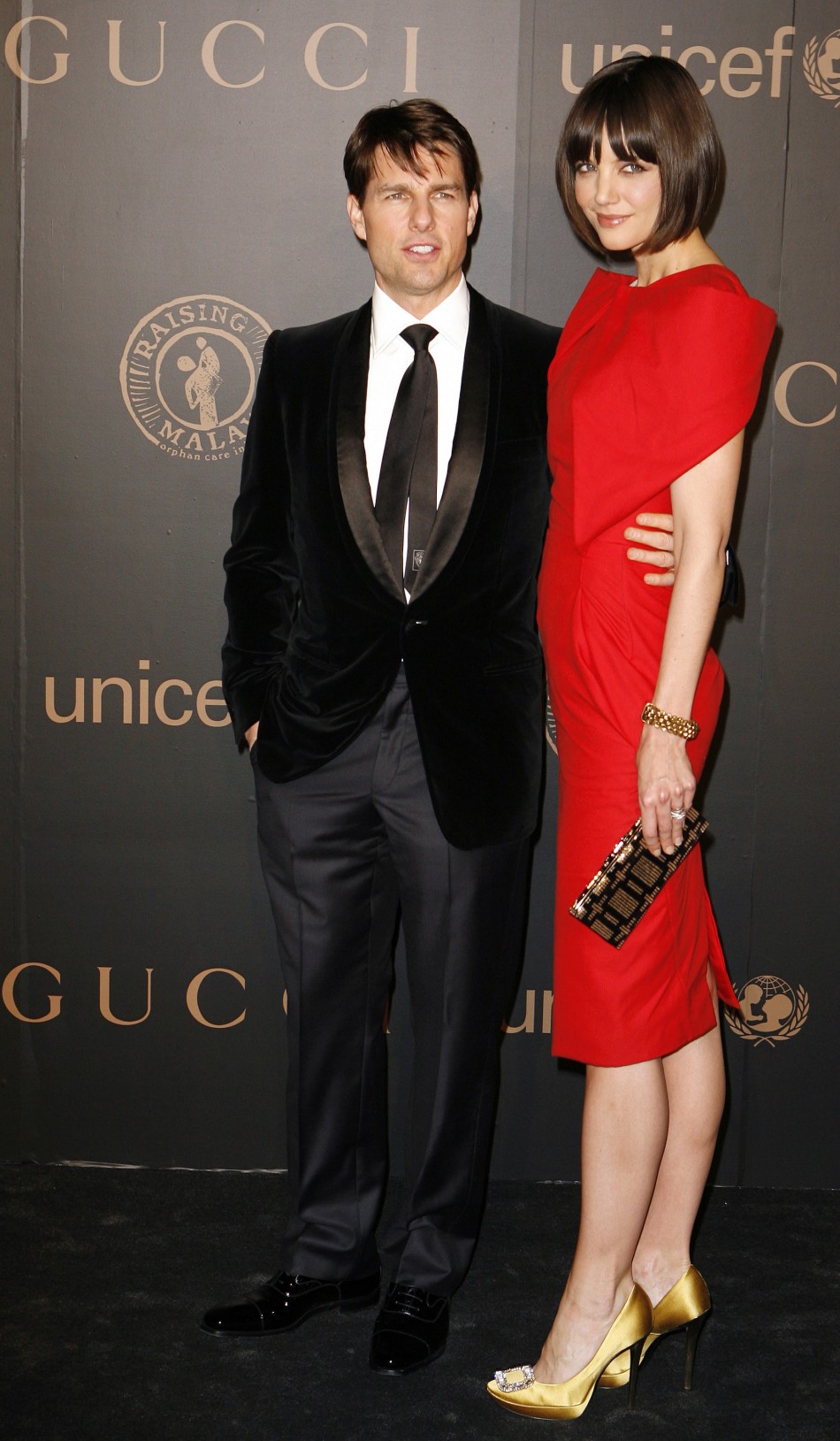Table Of Content

Artists who worked in the Gothic style also paid close attention to natural forms and were able to reproduce them with remarkable accuracy. Leaf forms were especially popular in England, and churches were often decorated with a variety of recognisable species. Gothic artists were keen to engage the viewer's emotion more directly than earlier art styles.
Cologne Cathedral – Cologne, North Rhine-Westphalia, Germany
Stately structures like churches, government buildings, and school campuses incorporate Gothic elements to endow them with a sense of history, permanence, and grandeur, not to mention beauty. Because of the lightness of the walls, elaborate stained glass mosaics were designed to allow light to flood the space, even projecting colorful patterns all across the interior. Upon first glance, many gothic cathedrals can be hard to discern, but a close reading reveals intentional and very ordered designs. A beautiful example of the High Gothic, the current iteration of Reims Cathedral was built when a fire destroyed the early Gothic structure.
Key Characteristics of Gothic Architecture
Under the watchful eye of Abbot Suger, portions of the church were rebuilt in the mid-12th century. This included the west façade, where the old building was demolished to make way for a new, innovative piece of architecture that used cutting-edge techniques. In addition to showcasing a more decorative aesthetic than traditional barrel vaults, these crisscrossed constructions offer increased support for the sky-high buildings. In painting, the works of Giotto had a noted influence on both Italian Renaissance painters, including Masaccio and Michelangelo, and Northern European illuminated manuscripts and printmaking. Sculptors like Claus Sluter influenced artists of the Northern European Renaissance including Roger Van der Weyden and Albrecht Dürer.
Top 25 Examples of Gothic Architecture
The 64 Prettiest College Campuses in America - Architectural Digest
The 64 Prettiest College Campuses in America.
Posted: Mon, 08 Apr 2024 07:00:00 GMT [source]
Examples include black pansies, Queen of Night tulips, Black Prince snapdragon, Blood Red sunflower, Black Peony poppy from Park Seed, Black Cherry floribunda rose and Pine Knots Select Strain hellebores from Jackson & Perkins. With more people living in cities, urban gardening has risen in popularity, including rooftop gardens, vertical gardening and community gardens. Making the most of less space, urban gardeners are growing in raised beds and containers. The Shakespeare Bridge in the Franklin Hills section of Los Angeles, California, was built in 1926. Sophie Rivera, a photographer known for her elegant portraits of Puerto Rican New Yorkers and other inhabitants of the city, is dead at 82. A particularly exciting episode (Hollywood, please take note) details the treacherous odyssey made by the 20-year-old Abd Al-Rahman, grandson of the Umayyad Caliph Hisham, to Spain in the 8th century.
Decorative elements
Known in French as the Palais des Papes, the building dates to a time when the Pope lived in the city of Avignon in Provence, France. Although the Papacy wouldn’t remain in Avignon, the monuments built by the Popes did. The building was designed to not only be a lavish residence for the leaders of Catholicism but also a fortified castle to protect them. That is why the building is complete with defensive towers and ramparts, as well as banqueting halls and bed chambers. Eventually, builders in Europe started getting more daring, They pushed the limits of buildings by improving on the flying buttress design.

For a more decorative element that adds a finishing touch to your space, consider how the smaller details can offer a nod to the Gothic style. 'Incorporating elements of the grotesque, such as gargoyles and other mythical creatures, can add a whimsical touch to Gothic design,' says Laura. This could be an authentic furniture item of the period, carved wood accents, or subtle gargoyle accessories. Deep, rich hues dominate the palette, with shades of burgundy, deep purple, forest green, and midnight blue creating a sense of opulence and grandeur,' explains Laura. Many aspects of gothic interior design have existed for a long time, so why is it appearing in interior design trends in 2024? 'In recent years, a noticeable shift away from minimalist interiors has emerged, as people increasingly seek environments that provide a sense of sanctuary and align with their personality and interests,' says Claudia.
In the halls, a choir screen divided the Nave and the choir that separated the monks and clergy. In the 15th century (1400s), Late Gothic architecture peaked with Germany's vaulted hall churches. Canterbury Cathedral is among the oldest churches with a long history dating back to the 6th century, and it is located in England. The original church was rebuilt between the years 1070 and 1077, but the east end was rebuilt again 100 years later because of the fire in the English Gothic Architecture style.
Blend original architecture with modern design
Enormous windows were also an important element of York Minster and Gloucester Cathedral. The post-World War II economic boom resulted in the rise of suburban homes with lawns, foundation plantings and backyard gardens as standard features. The gardens of this time began to reflect modern architecture with minimalistic designs and the use of new materials like concrete.
Gothic architecture emerged in 12th-century France, evolving from the earlier Romanesque style. The pointed arch was a key innovation, borrowed from Islamic architecture, that allowed taller and lighter buildings compared to the Romanesque round arch. Gothic buildings featured large stained glass windows, exterior flying buttresses, and ornate decorations like gargoyles. The first Gothic building was the mid-12th century Basilica of Saint-Denis near Paris, renovated under the direction of Abbot Suger. He pioneered the use of elements like the pointed arch, rib vault, flying buttress, and extensive stained glass.
These buttresses were important features of Gothic architecture and they were positioned in rows on both sides of the building. Often they would be topped with large stone pinnacles which served as decoration as well as weight support. These were the first Gothic structures to combine pointed arches, buttresses, and rib vaulting. Each vault of the nave formed a separate cell, with its own supporting piers or columns. The early cathedrals, like Notre-Dame, had six-part rib vaults, with alternating columns and piers, while later cathedrals had the simpler and stronger four-part vaults, with identical columns.
From its enormous rose windows to its flying buttresses and gargoyles, the cathedral exemplifies the Gothic style at its finest. Construction on the church began in 1163 and its plans were influenced by the revolutionary new architecture seen in Saint-Denis. While stained glass windows are found in many places of worship, they are particularly prevalent in Gothic cathedrals. Featuring meticulously cut colored glass, these kaleidoscopic windows—which are typically either tall and arched ‘lancet' windows or round ‘rose' windows—are larger than those found in other types of churches. Early English Gothic churches differed in several respects from their French counterparts. The pointed arch made the Gothic style possible, as it could be used for asymmetrical spaces and to intersect columns at a sharp angle thus displacing the weight into the columns and lightening the walls.
The western end was much more impressive, being a wide facade articulated by numerous windows and pointed arches, having monumental doorways, and being topped by two huge towers. The long sides of the cathedral’s exterior presented a baffling and tangled array of piers and flying buttresses. The basic form of Gothic architecture eventually spread throughout Europe to Germany, Italy, England, the Low Countries, Spain, and Portugal. Key trends in Gothic architecture that architects can incorporate today include verticality, light, and ornamentation. Gothic cathedrals were designed to flood interiors with light through large stained glass windows.
Moody colors, intricate architecture, and dramatic decor define Gothic interior design, a style that's proving ever-popular this year. From original properties of the era to spaces embracing the color palette, there are plenty of cues to take from these schemes. Today, Gothic Architecture has penetrated into every continent besides Antarctica. You can find Gothic Architecture in predominantly Christian communities in Latin America, The United States, and Australia, but also in non-christian countries like India and in the Middle East.
Celebrating creativity and promoting a positive culture by spotlighting the best sides of humanity—from the lighthearted and fun to the thought-provoking and enlightening. The church, which has been the home to every English and British monarch since 1066 continues to play an important role in British culture. The majestic cathedral is also renowned for having the largest cathedral close and cloister in all of Britain. It also contains the Salisbury Cathedral clock, which is a large iron-framed mechanical clock without a dial.
Cologne Cathedral famously survived the bombs of WWII to remain the second tallest church in the world, after another church in Germany, Ulm Minster. Although technically a lot of the church wasn’t built during the Gothic Age, the builders still mostly followed the original design. A large portion of the cathedral was built during the 13th-16th century, but it wasn’t until 1880 that Cologne held an opening ceremony to commemorate its completion. Although the 19th-century portion follows the original design from the middle ages, many modern techniques of Masonry construction were introduced, such as iron structural supports to support the stone. Is the second largest church on the Italian Peninsula behind Saint Peter’s in Vatican City.
It was a cinematic escape from political opponents that led to the establishment of eight centuries of Islamic rule in Spain. Novatr offers you a Master's Computational Design Course that will help you understand computation in different design fields with industry workflows, advanced tools for a concrete foundation in computational design. Learn high-performance computational BIM and building analysis via a live industry project.












